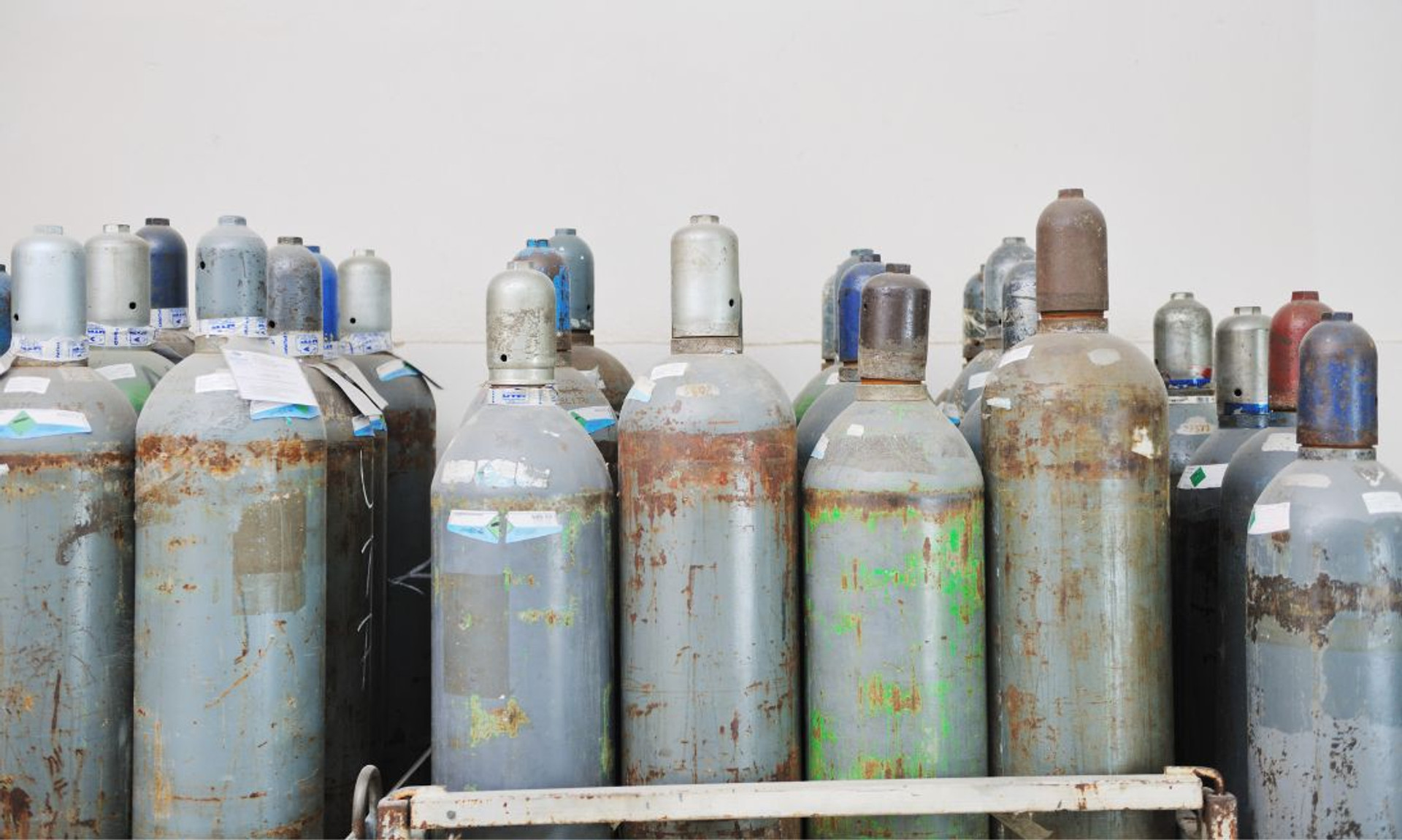Understanding the Different Sizes of Gas Cylinders
When picking out a calibration gas for your company, the most important factor to consider is the type of gas contained in the cylinder. However, knowing the size of the cylinder will also be quite important. A lot goes into determining this, so you must understand the different sizes of gas cylinders. Fortunately, we’re here to help you learn more before making a purchase.
How Sizes Are Determined
Cylinders are rarely determined by the actual dimensions of the container. While this information is good to know, most distributors list the canisters by how much liquid or gas they can hold. This is the statistic that most buyers prefer to know. In some cases, the cylinders might be listed by weight as well. It depends on the need of the industry more than anything else.
The Need for Larger Cylinders
Knowing how businesses size their canisters is only part of understanding the different sizes of these gas cylinders, though. The other part is determining which size is best for your company’s needs. Let’s look at larger cylinders first. The most notable benefit of larger containers is the fact that you won’t have to refill or replace them as often. You’ll have enough gas to fulfill your calibration needs for quite a while.
The main downside is the fact that they won’t be very portable. Depending on your needs, you might need to calibrate your gas in multiple locations. Even if you don’t need to move it, finding a place for it to fit will be difficult if it’s too large.
The Need for Smaller Cylinders
That’s why smaller cylinders are such a popular option for many companies. They’re easy for employees to pick up and move around as needed. You’ll also be able to fit them into smaller areas if the access point isn’t easy to get to.
Of course, this comes at the cost of having less calibration gas to use at any given time. That’s why many smaller cylinders are single use. Once it’s empty, you’ll buy a new calibration gas cylinder to replace it. While this might sound costly, most disposable cylinders are cheaper to make up for that. That means you can affordably replace your old cylinders, removing the downside of small canisters. You’ll never run out of calibration gas with this option.

